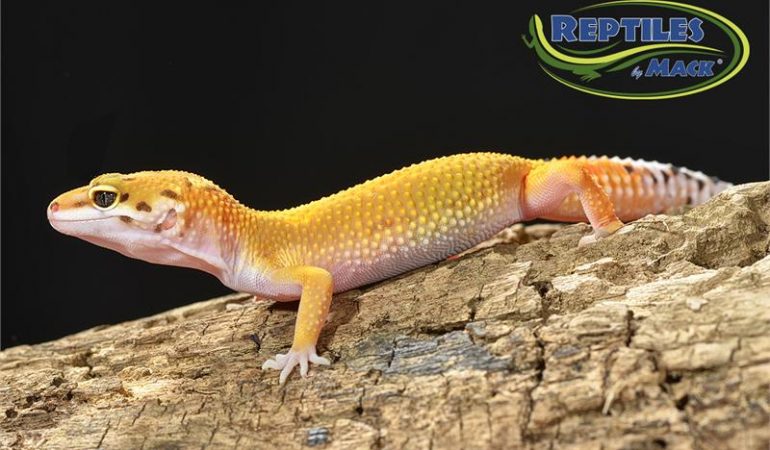Are you looking to improve your reptile’s diet? How do you keep your reptile healthy and happy with a varied diet? Feeding your reptile various live feeder insects or bugs is a great way to provide essential nutrients. This article will guide you in introducing variety to your reptile’s diet with live feeder insects.
Why Variety Matters
Reptiles need a balanced diet to thrive. Feeding them the same type of insect daily can lead to nutritional deficiencies. A varied diet, including live insects for reptiles, guarantees they obtain all the essential vitamins and minerals. Different bugs offer different nutritional benefits, contributing to a well-rounded diet.
Common Types of Live Feeder Insects
Several types of live feeder insects are prevalent among reptile enthusiasts. Each insect has its nutritional profile. Here are some commonly used live feeder bugs:
Crickets
Crickets are a staple in many reptile diets. They are high in protein and easy to digest. Crickets are also active, stimulating your reptile’s hunting instincts.
Mealworms
Mealworms are another popular choice. They are rich in fat, making them a good option for underweight reptiles. However, they should not be the sole insect in your reptile’s diet due to their high-fat content.
Dubia Roaches
Dubia roaches are nutritious and easy to care for. They are high in protein and low in fat. Their hard exoskeleton also provides the necessary fibre for your reptile.
Benefits of a Varied Insect Diet
Introducing a variety of live feeder bugs has numerous benefits. A diverse diet mimics what reptiles would eat in the wild. It helps prevent nutritional deficiencies and keeps feeding time exciting for your reptile.
Nutritional Balance
Different bugs provide different nutrients. By offering a variety of insects, you ensure your reptile gets a balanced diet. For example, crickets are protein-rich, while mealworms provide extra fat.
Mental Stimulation
A varied diet can also provide mental stimulation. Hunting different bugs can be a fun and engaging activity for your reptile. This stimulation can lead to a happier and more active pet.
How to Introduce New Insects
Introducing new bugs into your reptile’s diet should be done gradually. Start by mixing a small number of new bugs with their regular food. Observe how your reptile reacts and ensure it eats the new bugs.
Start Slowly
Introduce one new bug at a time. This allows you to monitor your reptile’s response and prevents them from overwhelming you. Gradually increase the quantity of the new insect over time.
Observe and Adjust
Pay attention to your reptile’s eating habits and health. If they seem reluctant to eat a new bug, try another one. Every reptile has different preferences, so be patient and adjust as needed.
Preparing Feeder Insects
Proper preparation of feeder bugs is crucial. Ensure the insects are healthy and clean before feeding them to your reptile. Gut-loading is when you provide the bugs with nourishing food to enhance their nutritional value.
Gut-Loading
Gut-loading involves feeding the bugs nutrient-rich food. This improves the nutritional content of the bugs. Common gut-loading foods include fruits, vegetables, and commercial insect food.
Dusting with Supplements
Dusting them with vitamin and calcium supplements is also essential. This ensures your reptile gets the necessary vitamins and minerals. Use a light coating of supplements just before feeding. Here are some tips to ensure your reptile enjoys a varied and nutritious insect diet:
- Variety is Key: Rotate between various types of bugs regularly.
- Gut-Load Properly: Always gut-load feeder bugs to enhance their nutritional value.
- Monitor Health: Monitor your reptile’s health and eating habits.
- Stay Consistent: Regularly offer a variety of bugs to maintain interest and nutrition.
Conclusion
Introducing variety with live insects for reptiles is essential for their health and happiness. Start slowly, prepare the bugs properly, and monitor your reptile’s response. With these tips, you can ensure your reptile enjoys a nutritious and exciting diet.
Keep an eye for more latest news & updates on Bangkok Tribune!



